
Cylinder (Tube) Inner Diameter(φ): 80, Stroke(mm): 80, Cylinder Operation Method: [Double Acting] Double Acting, Rod Operation Method: Single Rods, Main Body Shape: Standard, Additional Function: Standard, Environment, Applications: Standard, End Locking: No, Valves: No, Operating Pressure(MPa): 0.05~1, Auto Switches: A93, Lead Wire Length(m): 3, The number of the switches: 2, Type of Auto
Cylinder (Tube) Inner Diameter(φ): 40, Stroke(mm): 80, Cylinder Operation Method: [Double Acting] Double Acting, Rod Operation Method: Double rod, Main Body Shape: Standard, Additional Function: Standard, Environment, Applications: Standard, End Locking: No, Valves: No, Operating Pressure(MPa): 0.05~1, Auto Switches: A93, Lead Wire Length(m): 3, The number of the switches: 2, Type of Auto
A A A A A Speed Home position A B C Speed no. Time Two pattern combination example (A five point movement of absolute move A and incremental move B) Acceleration no.
(A contact) N.O. (A contact) Specifications N.O. (A contact) N.O.
AD17-A AD27-A AD37-A AD47-A Spacer Y100-A Y200-A Y300-A Y400-A Y500-A Y600-A Spacer with bracket Y100T-A Y200T-A Y300T-A Y400T-A Y500T-A Y600T-A Check valve 5 6 AKM2000-01-A (02)-A AKM3000-(01)-A 02-A AKM4000-(02)-A 03-A Pressure switch 6 IS10M-20-A IS10M-30-A IS10M-40-A IS10M-50-A IS10M-60-A T-spacer 5 6 Y110-M5-A Y210-01-A (02)-A Y310-(01)-A 02-A Y410-(02)-A 03-A Y510-(02)-A 03-A Y610
Model Allowable Moment (Nm) Allowable dynamic moment Model Mounting orientation Load movement direction LTF6 200 Horizontal/Lateral Horizontal/Lateral Lateral Horizontal a Mep L1 (mm) Pitching 100 m a=1000 a=2000 a=3000 L1 30 20 10 0 Transfer load m (kg) L2 200 a=1000 a=2000 a=3000 Mer L2 (mm) Rolling Yawing 100 m L2 Mer 30 20 10 0 m Transfer load m (kg) 200 a=1000 a=2000 a=3000 L3 (mm) 100
A A A A A Speed Home position A B C Speed no. Time Two pattern combination example (A five point movement of absolute move A and incremental move B) Acceleration no.
A valve, which might potentially cause a hum or buzz can be very annoying to a patient, so a full wave rectified unit for AC service is often preferred. A DC unit, not requiring a rectifier, is sometimes used in specific applications. Also common is a bumper in a 2-way valve, usually just a flat disk with no sealing action.
A valve, which might potentially cause a hum or buzz can be very annoying to a patient, so a full wave rectified unit for AC service is often preferred. A DC unit, not requiring a rectifier, is sometimes used in specific applications. Also common is a bumper in a 2-way valve, usually just a flat disk with no sealing action.
(lbs) Weight (Except Non-rotating Rod) Bore size (inch) Base weight by mounting style Addl weight per inch stroke Addl weight for magnet Addl weight for bumper B 0.059 0.080 0.200 0.218 0.330 0.531 0.680 1.345 C 0.076 0.091 0.200 0.198 0.320 0.581 0.710 N/A E 0.076 0.091 0.280 0.288 0.410 0.681 0.820 1.493 R N/A N/A 0.210 N/A 0.430 N/A 1.020 N/A W N/A N/A 0.300 0.308 0.400 0.781 0.930 1.812
Please consult SMC when considering the necessity of the regeneration option. 200 Horizontal/Lateral Horizontal/Lateral Lateral Horizontal a Mep L1 (mm) L2 (mm) L3 (mm) Pitching Rolling Yawing 100 m a=1000 a=2000 a=3000 L1 0 30 20 10 Transfer load m (kg) Maximum load L2 200 a=3000 Regeneration option model Driver type Mer a=2000 A1 A2 B1 B2 a=1000 Not required. Not required.
At that time, make clearance of around 0.5mm between a stopper guide and a rotary unit. (2) Tighten a hexagon socket head cap screw .
NDH10 MM MM MM NDH10 MM L L R1 R1 R1 R R R1 R R E1 E1 E1 E1 U1 NX NX A1 U1 A1 L1 U1 A1 NX U1 A1 L1 NX L1 NZ A L1 A NZ A A ND Part no. Applicable bore size (mm) A A1 E1 L1 MM U1 NX NZ L Applicable A Applicable bore size (mm) MM R1 U1 NDH10 NX R1 R Part no. R pin part no.
Caution Caution indicates a hazard with a low level of risk which, if not avoided, could result in minor or moderate injury. Warning Warning indicates a hazard with a medium level of risk which, if not avoided, could result in death or serious injury. Danger Danger indicates a hazard with a high level of risk which, if not avoided, will result in death or serious injury. Warning 1.
Caution Caution indicates a hazard with a low level of risk which, if not avoided, could result in minor or moderate injury. Warning Warning indicates a hazard with a medium level of risk which, if not avoided, could result in death or serious injury. Danger Danger indicates a hazard with a high level of risk which, if not avoided, will result in death or serious injury. Warning 1.
Caution Caution indicates a hazard with a low level of risk which, if not avoided, could result in minor or moderate injury. Warning Warning indicates a hazard with a medium level of risk which, if not avoided, could result in death or serious injury. Danger Danger indicates a hazard with a high level of risk which, if not avoided, will result in death or serious injury. Warning 1.
Caution Caution indicates a hazard with a low level of risk which, if not avoided, could result in minor or moderate injury. Warning Warning indicates a hazard with a medium level of risk which, if not avoided, could result in death or serious injury. Danger Danger indicates a hazard with a high level of risk which, if not avoided, will result in death or serious injury. Warning 1.
Caution Caution indicates a hazard with a low level of risk which, if not avoided, could result in minor or moderate injury. Warning Warning indicates a hazard with a medium level of risk which, if not avoided, could result in death or serious injury. Danger Danger indicates a hazard with a high level of risk which, if not avoided, will result in death or serious injury. Warning 1.
Caution Caution indicates a hazard with a low level of risk which, if not avoided, could result in minor or moderate injury. Warning Warning indicates a hazard with a medium level of risk which, if not avoided, could result in death or serious injury. Danger Danger indicates a hazard with a high level of risk which, if not avoided, will result in death or serious injury. Warning 1.
Do not use the lock as a safety lock or a control that requires a locking force. The lock used for the product with a lock is designed to prevent dropping of work piece. 2. For vertical mounting, use the product with a lock. If the product is not equipped with a lock, the product will move and drop the work piece when the power is removed. 3.
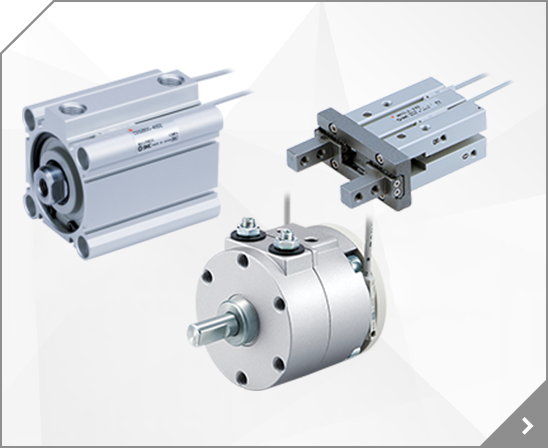
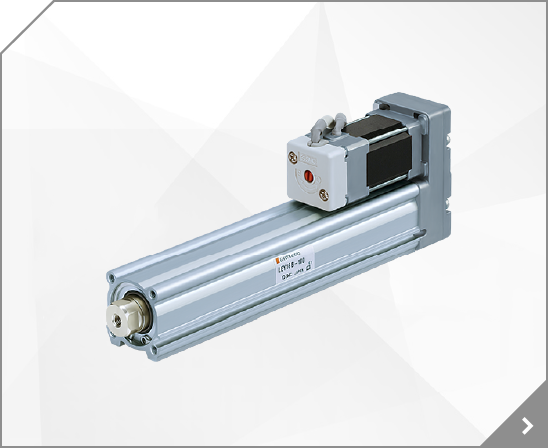
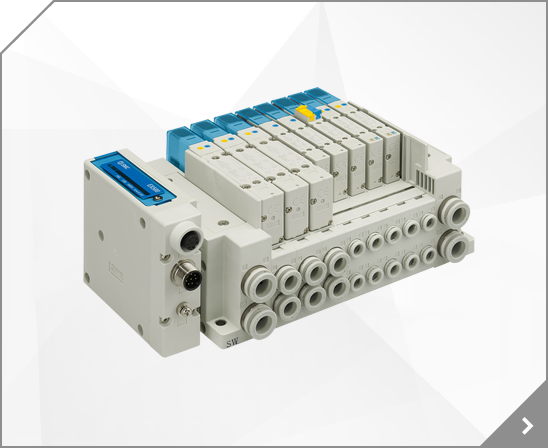
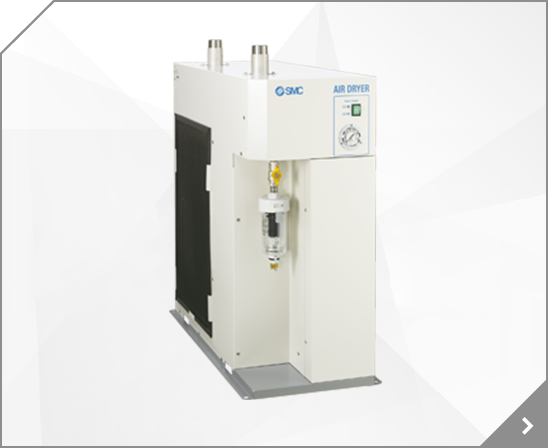
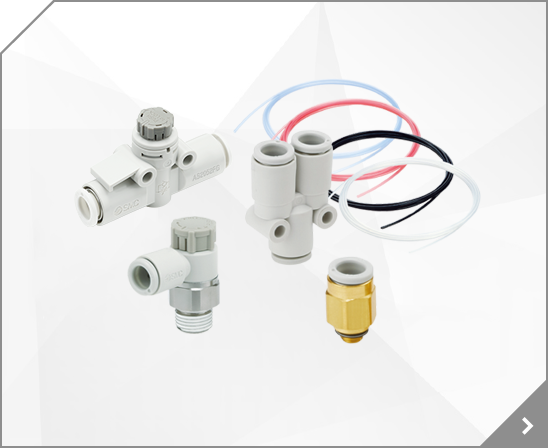
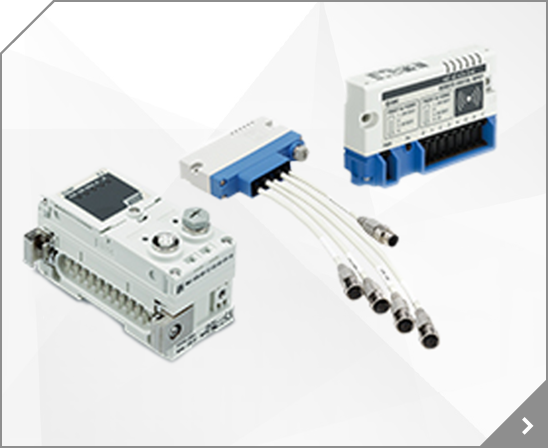
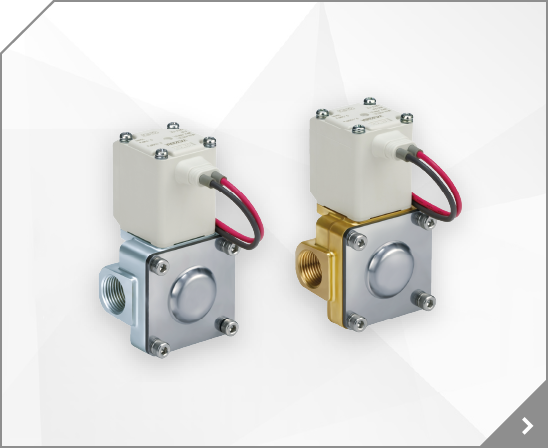
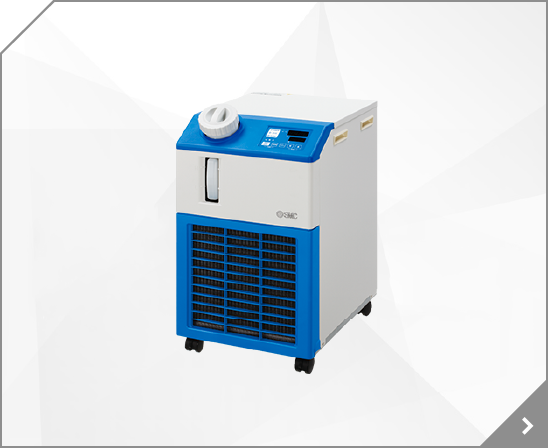
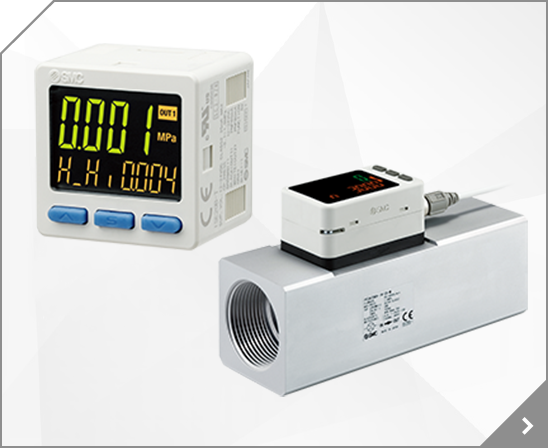
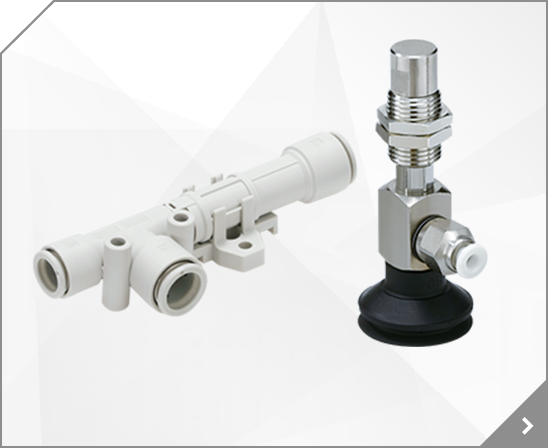

 Electric Actuators
Electric Actuators